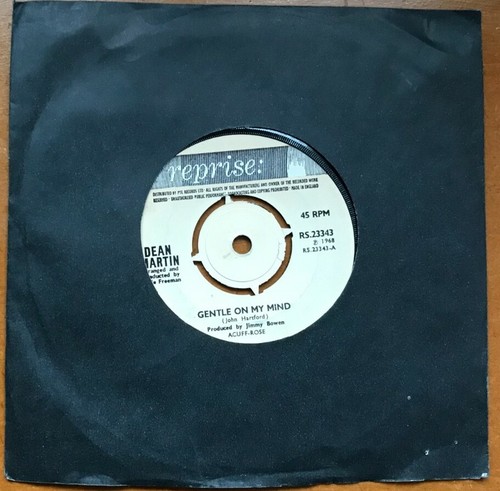

I’m always playing out of a D fingering and sliding the capo up for every new verse. I did play the guitar on the original track, and I shift the capo position for every verse, modulating up a whole tone by going to the V of the new key. It sounds like Motown because of the similarity to the Jackson 5 tune “I Want You Back.” It was another instance of starting with one of those musical wheels and the lyric coming along with it very quickly. That was a reiteration of the descending line I’d used for “Blossom”, but with a different rhythm. “Your Smiling Face” from JT stands out for using an electric band playing in a Motown style, with lots of chord changes and little, if any, acoustic guitar.

That’s the signature introduction, which we actually used again for the introduction on “Moon River” from the new album, but it’s in 3/4 rather than 4/4 time. It starts on an open A fingering with a capo at the third fret, so it’s actually a C chord, which then moves to a G minor 9. I wrote “Something in the Way She Moves” on Martha’s Vineyard. That was the case with both of those songs. The melody attaches itself to that and the lyric, and then the rest develops from there. Pizarelli helped find brilliant musical routes through the arrangements using chord substitutions or subtle key changes But the song would start with some musical wheels or passages, like etudes.Įvery song on the album is a guitar song. With all of that in my head, and a melody that fit the changes, I would wander the streets or sit in my flat thinking about the rest of the lyrics and where to go for a bridge. I would play guitar constantly and come up with musical phrases, and those ideas would be accompanied by a germ of a lyric. James Olson had gotten it in there, and as soon as I played that, I never looked back.Ĭan you share the stories about those two songs and how they wound up re-recorded on Greatest Hits in 1976?


I eventually did a benefit in Minneapolis to help return wolves to Yellowstone National Park that was put together by Jim Brandenburg, and when I arrived at the hotel, the Olson guitar that I play to this day was in my room. After that I played a Takamine for a year or two, and then I used a guitar from the custom shop at Yamaha for a couple of years. I used that guitar for a number of albums until I lost it in a divorce. John Lennon wanted to recut it, and I was invited to come and sit in the room while they recorded that day The only session I remember the Beatles recording at Abbey Road during that time period was for “Revolution”. The guitar for the first three albums was the J-50, and then Mark Whitebook made me a beautifully executed acoustic patterned on a Martin dreadnought. I don’t count that one, and besides it was before I went acoustic. I recorded my first few albums with that guitar, not including the sort of legal bootleg James Taylor and the Original Flying Machine, from 1967, which is a rip-off resulting from a desperate business deal that came back to haunt me. I bought it in 1964, and I brought it to England in 1968. The May 1984 Guitar Player cover story said you played a Gibson J-50 until your early 20s.


 0 kommentar(er)
0 kommentar(er)
